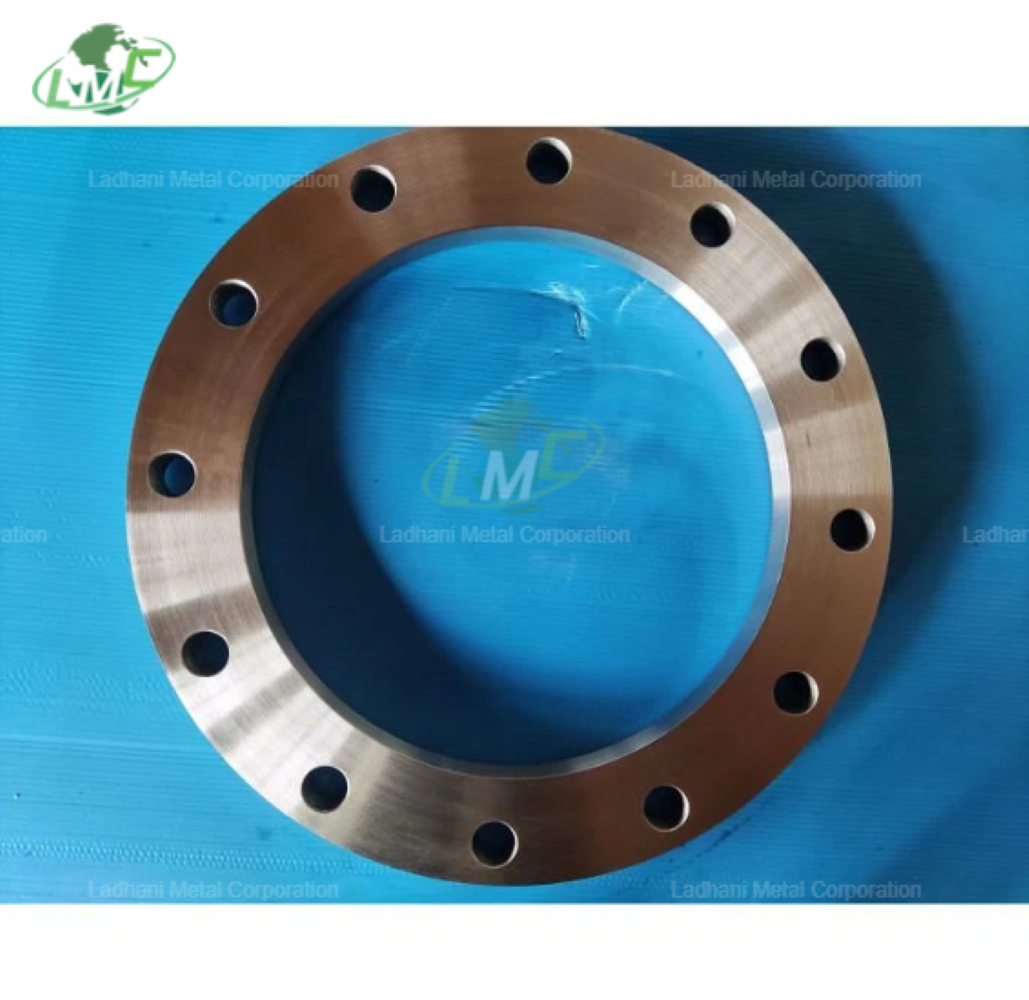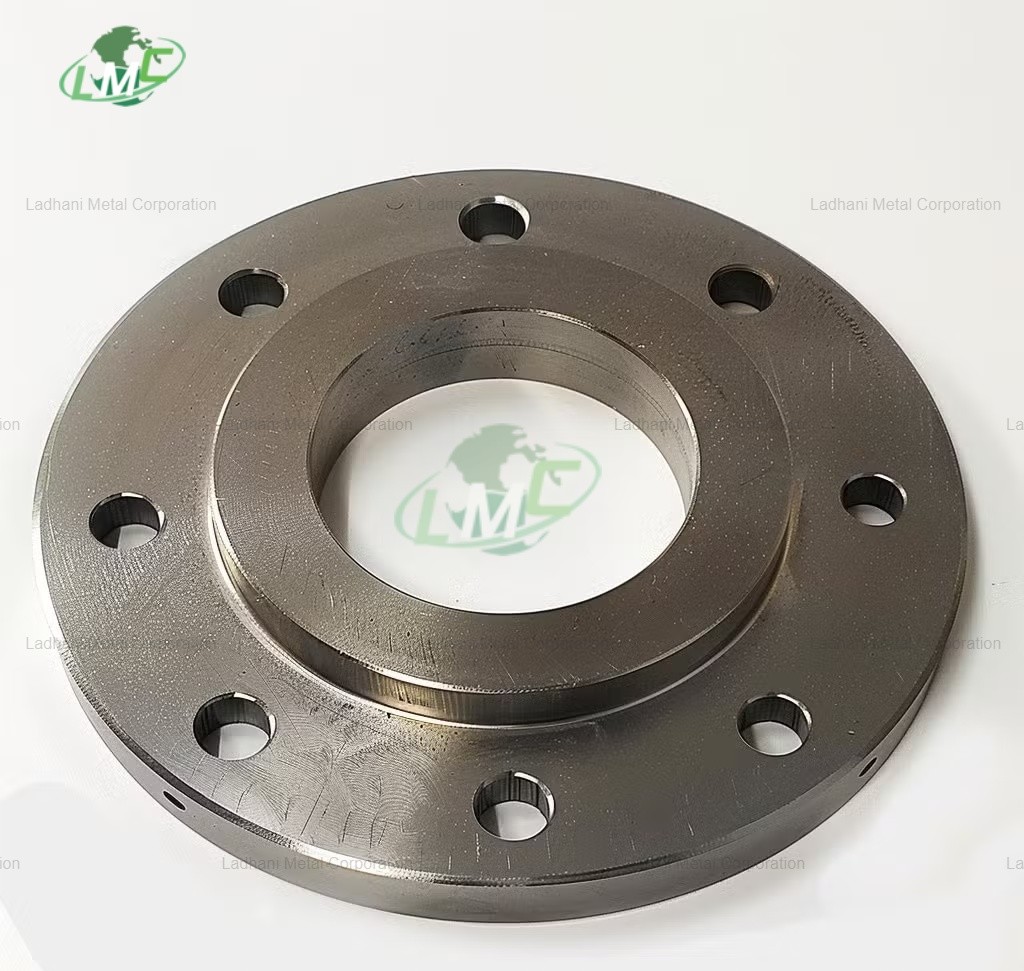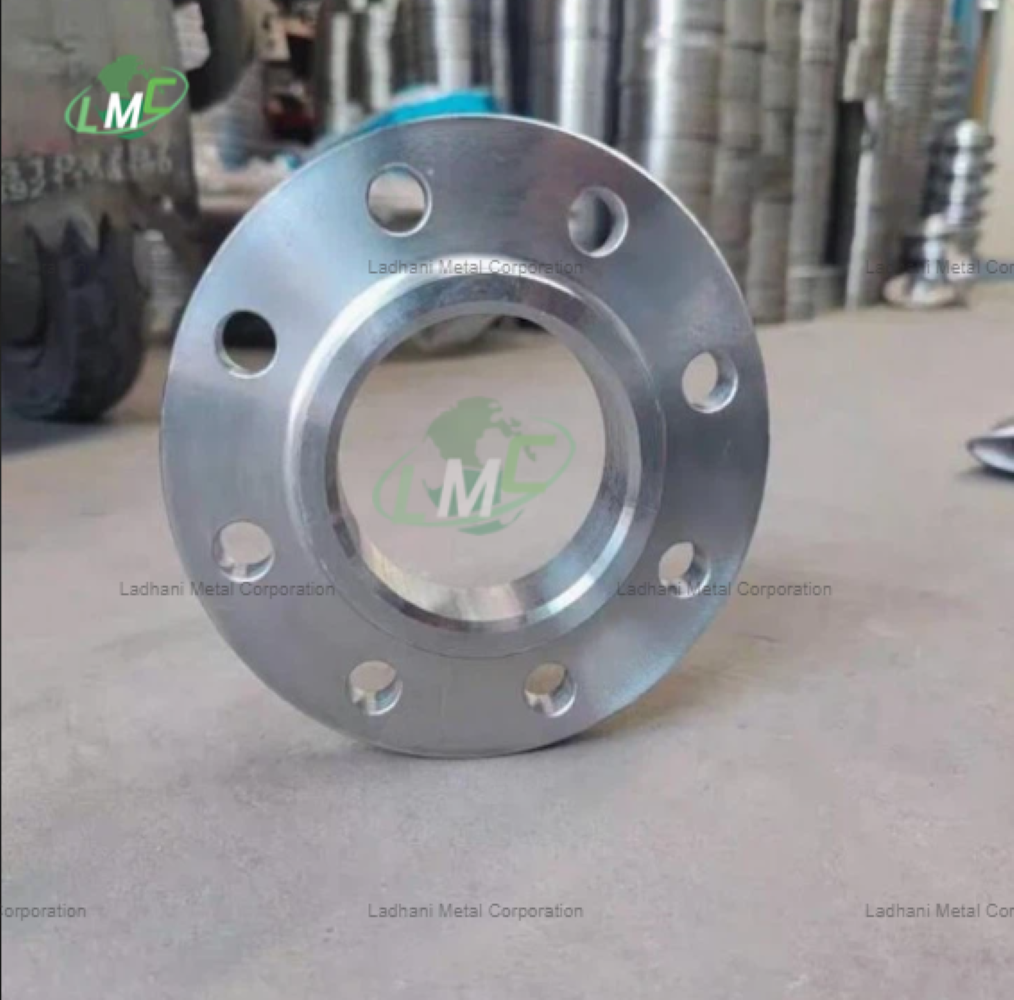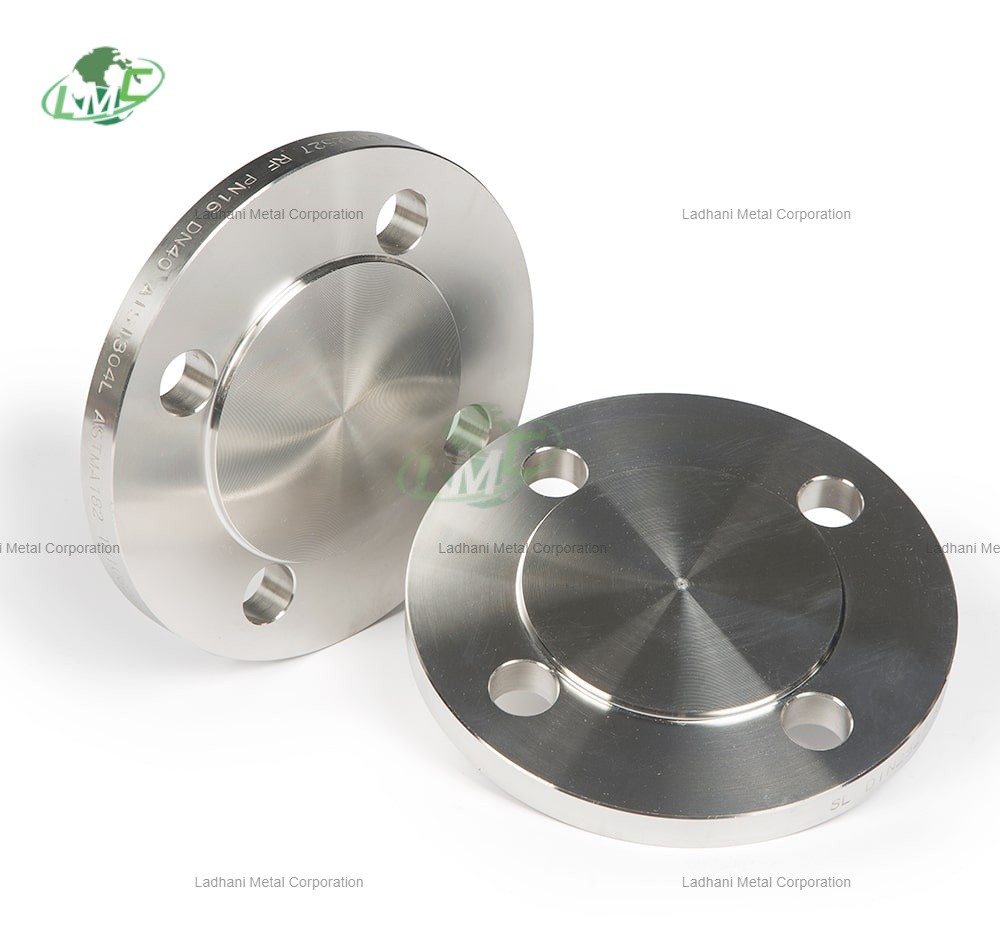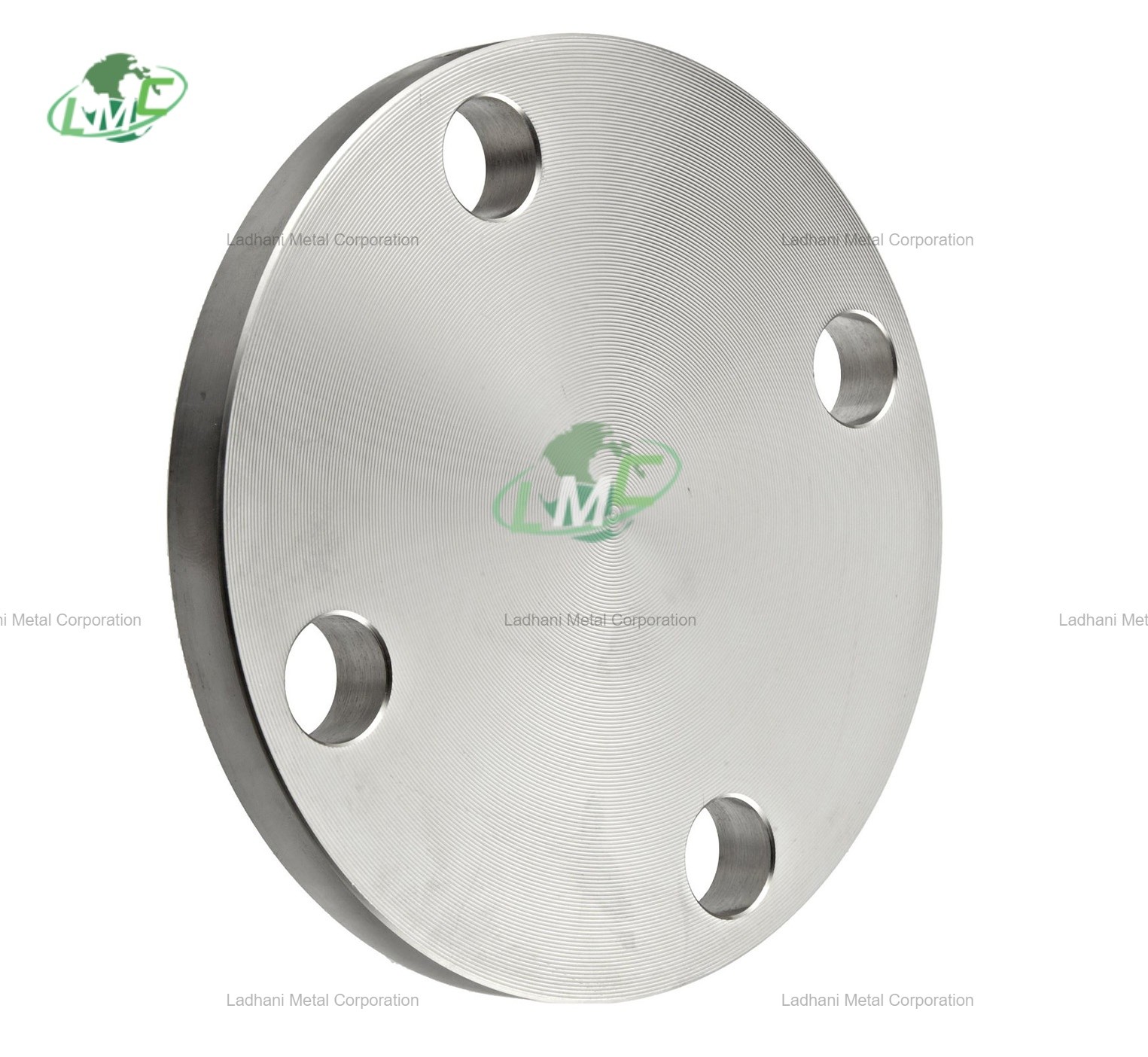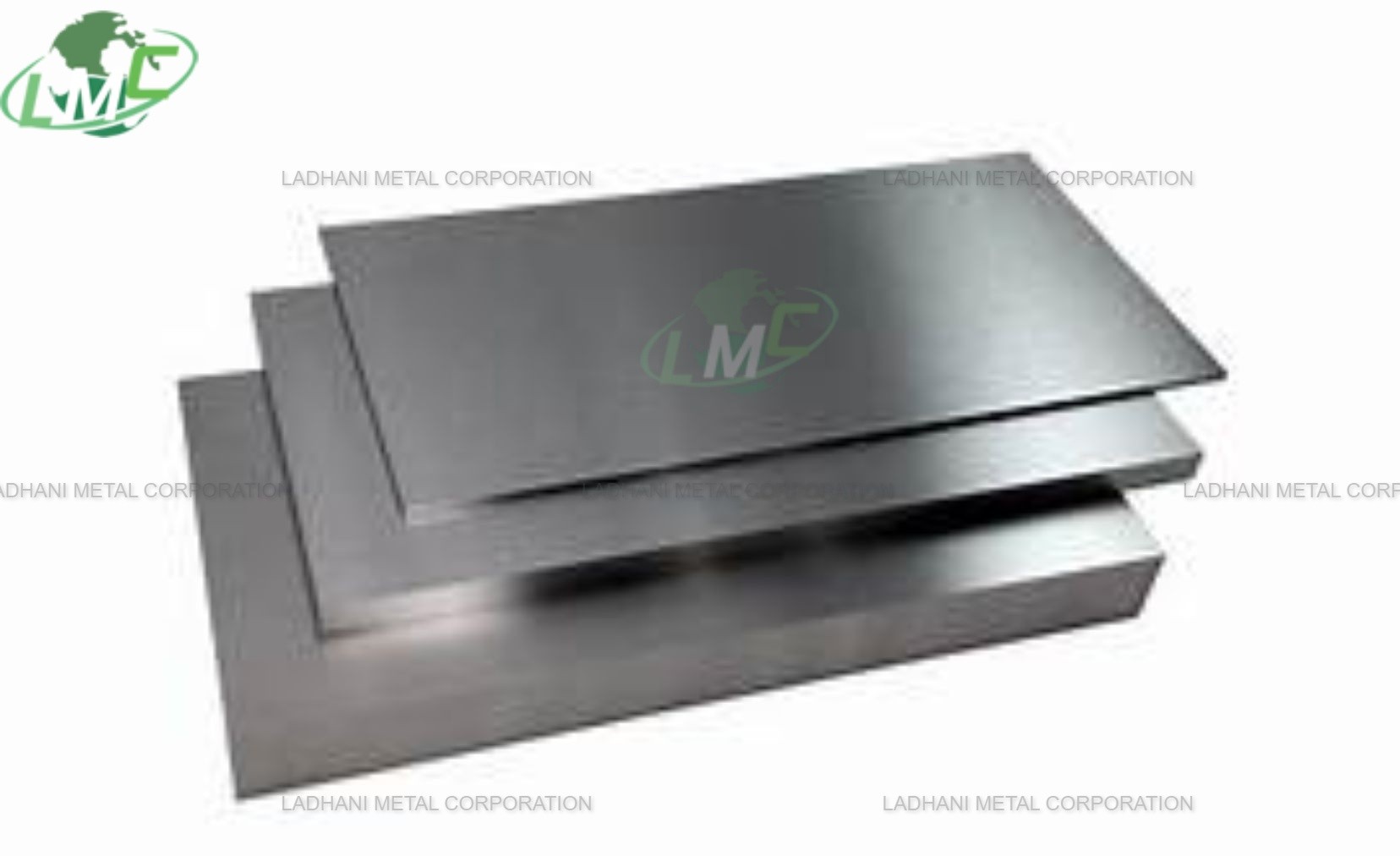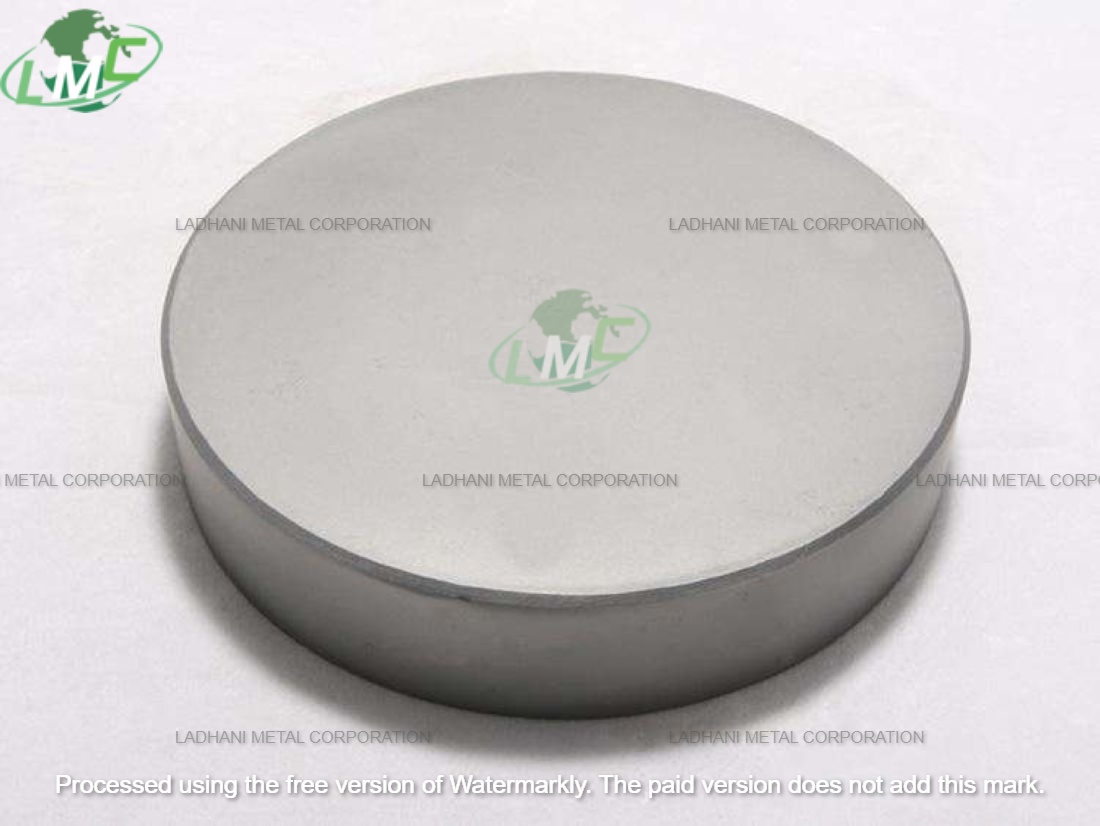Half Round Tube Shield Half Round Tube Shields by Ladhani Metal Corporation are precision-engineered components used to protect boiler and heat exchanger tubes from erosion, scaling, and high-temperature corrosion. These shields are widely applied in industrial systems exposed to thermal cycling, aggressive gases, and particulate flow. Their half-round shape allows for simple and secure installation over straight or curved tube surfaces, extending tube life and reducing maintenance needs. Cr23Ni13 U Type Half Round Tube Shield The Cr23Ni13 U Type Half Round Tube Shield is designed to provide high-temperature and corrosion protection for U-bend tube sections in critical thermal and process equipment. Made from Cr23Ni13, an austenitic stainless steel alloy containing approximately 23% chromium and 13% nickel, this shield offers excellent resistance to oxidation, scaling, and carburization. It is particularly effective in applications involving fluctuating temperatures, aggressive gas streams, and surface wear. The U-type design ensures complete protection of both the inner and outer arcs of curved tubes, where damage due to thermal and flow-induced stress is most likely to occur. • Outer U Type Half Round Tube Shield – Protects the outer bend radius from slag accumulation, flame impingement, and flue gas erosion. • Inner U Type Half Round Tube Shield – Shields the inner arc against turbulent flow wear, scale formation, and heat-induced deformation. Ladhani Metal Corporation supplies Cr23Ni13 U Type Half Round Tube Shields for use in high-performance industrial systems requiring reliable operation under thermal and chemical stress. Chemical Composition of Cr23Ni13 – Austenitic Heat-Resistant Stainless Steel • Carbon (C): ≤ 0.15% • Manganese (Mn): ≤ 1.50% • Phosphorus (P): ≤ 0.035% • Sulfur (S): ≤ 0.030% • Silicon (Si): ≤ 1.50% • Chromium (Cr): 22.0 – 24.0% • Nickel (Ni): 12.0 – 14.0% • Iron (Fe): Balance Applications: Best suited for high-temperature applications requiring good resistance to oxidation, thermal fatigue, and moderate carburizing or corrosive environments. Uses • Protection of U-bend tubes in superheaters, reheaters, and boiler coils in thermal power plants • Shielding of tube bends in chemical reformers, preheaters, and gas-fired furnaces • Guarding return bends in WHRBs and HRSGs exposed to particulate-laden flue gases and cyclic heating • Coverage for high-temperature tube curves in petrochemical and refining units • Ideal for heavy industrial systems operating under oxidizing and moderately corrosive gas flow Features • Excellent heat resistance – Withstands continuous operation in high-temperature conditions while resisting scaling and oxidation. • Good corrosion resistance – Chromium and nickel content provide stability in oxidizing and mildly corrosive environments. • U-bend coverage – Available in inner and outer U-type designs for complete tube bend protection. • Precision fitment – Custom-engineered to match the tube's radius and diameter for a secure, stable installation. • Fast installation – Can be attached using clamps, tack welding, or stainless banding without interrupting system operation. • Long-lasting durability – Designed to endure thermal cycling and mechanical wear, reducing the need for frequent replacements. Applications • thermal and industrial boilers – Used in U-bends of superheaters and reheaters to prevent scaling, wear, and fatigue cracking. Enhances heat transfer and reliability. • petrochemical industries – Installed in high-temperature processing units such as reformers and gas converters to guard against carburizing gas streams. • waste heat recovery systems – Protects U-bend tubes in WHRBs and HRSGs from slag erosion and high-temperature oxidation. • chemical processing plants – Suitable for heat exchanger tube bends handling oxidizing gases and acidic vapors at elevated temperatures. • metallurgy and furnace systems – Shields return bends and elbows in air preheaters, combustion chambers, and radiant heating tubes. Conclusion The Cr23Ni13 U Type Half Round Tube Shield by Ladhani Metal Corporation offers durable and effective protection for U-bend tube sections in high-temperature and moderate corrosion service. With its balanced chromium-nickel composition, this shield ensures reliable resistance to oxidation, scaling, and erosion in demanding thermal environments. Designed for precision fit, quick installation, and long-term performance, it supports the safe and efficient operation of power plants, chemical processing systems, and heavy industrial boilers. For technical consultation, custom orders, or quotations, please contact Ladhani Metal Corporation.
Send Message

